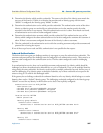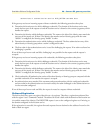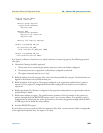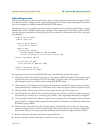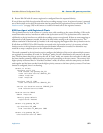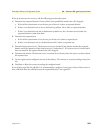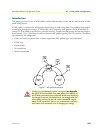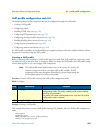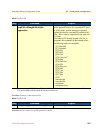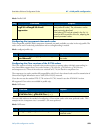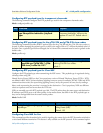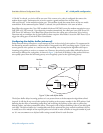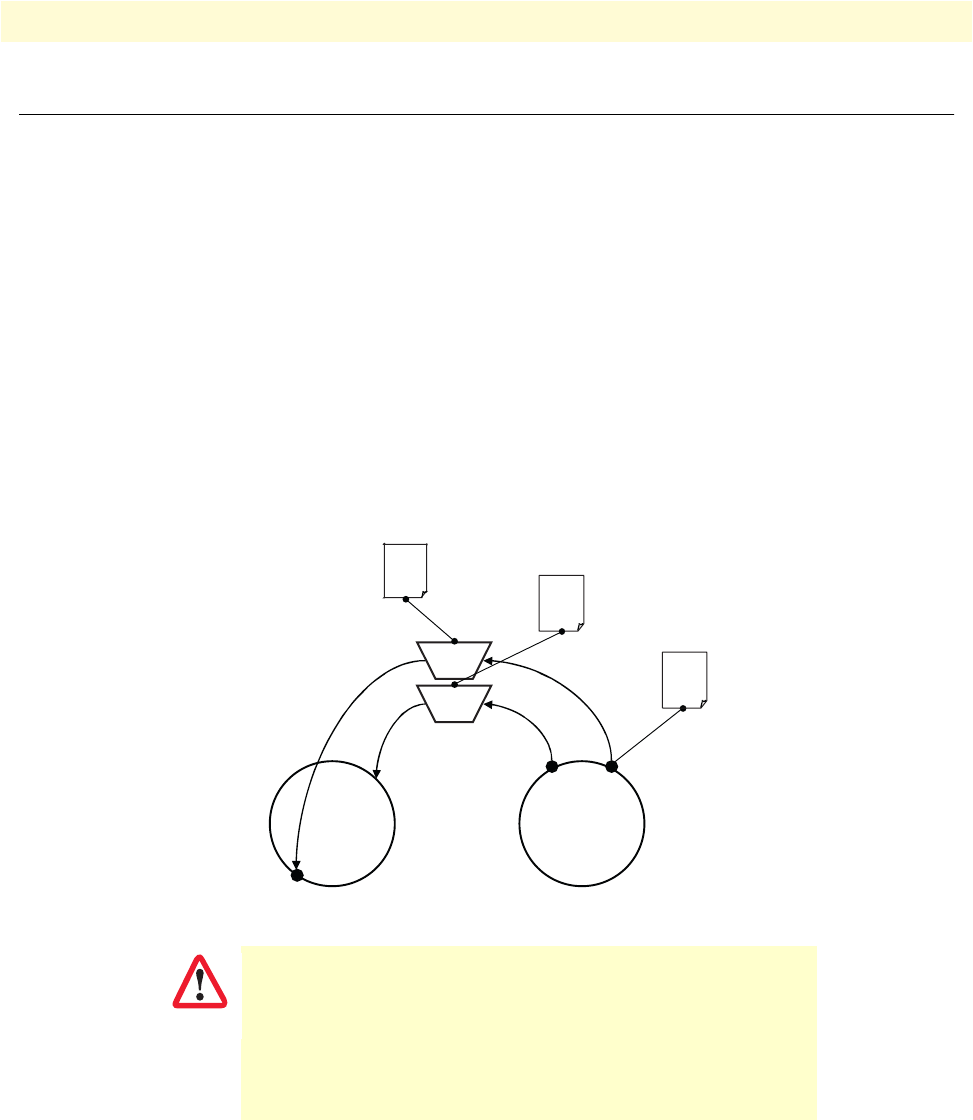
Introduction 574
SmartWare Software Configuration Guide 47 • VoIP profile configuration
Introduction
This chapter gives an overview of VoIP profiles, and describes how they are used and the tasks involved in VoIP
profile configuration.
A VoIP profile is a container for all datapath-related settings on VoIP connections. The profile settings apply to
all calls going through the interface. A VoIP profile can be assigned to VoIP gateways and VoIP interfaces in
context CS. If no profile is specified for a particular interface, a profile from the gateway the interface binds to
is used instead. Figure 1 illustrates the relations between VoIP profiles, gateways and CS interfaces. The follow-
ing components are configurable:
• Codecs and codec parameters (such as silence suppression, RTP payload type, and audio filters)
• DTMF relay
• Dejitter buffer
• Fax transmission
• Modem transmission
Figure 1. VoIP profile association
Configuring voice datapath options can improve or degrade
the quality of the transmitted voice data. Many of the default val-
ues of these components have configured defaults that should only
be changed if required. Misconfiguration can strongly affect the
voice quality perceived by the user and the bandwidth require-
ments of VoIP connections. Be sure you understand the meaning
and impact of all commands prior to changing any settings.
Context
IP
router
ContextCS
switch
H.323 GW
SIP GW
VoIP
Profile
A
VoIP
Profile
B
VoIP
Profile
C
IMPORTANT




